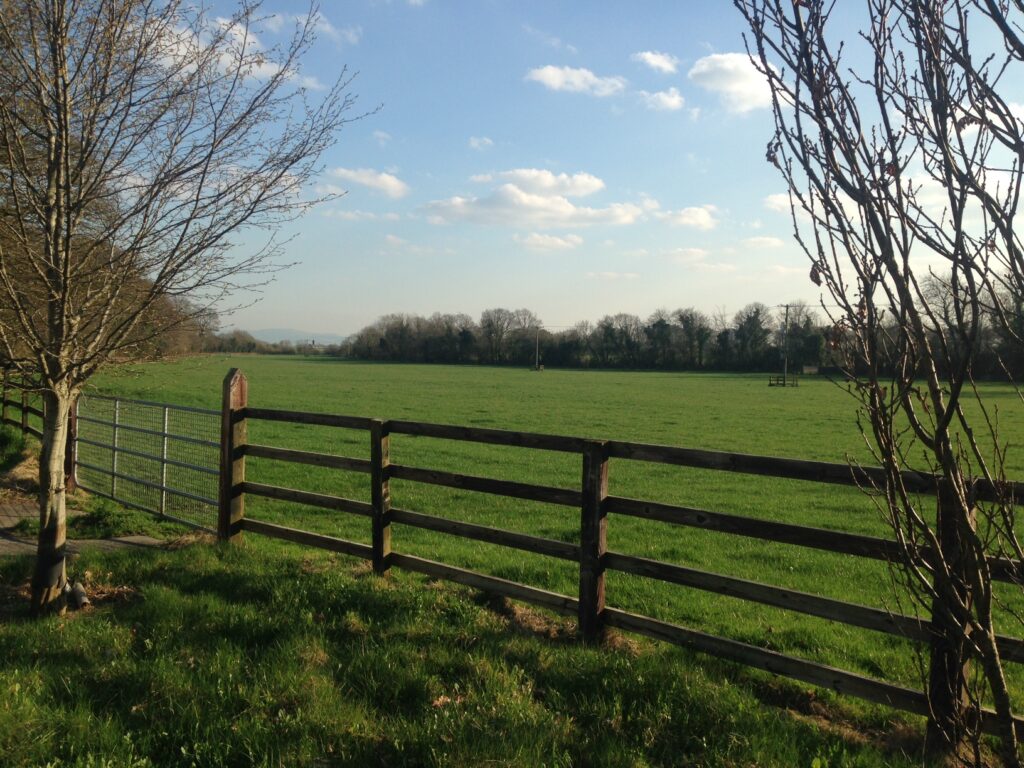The Joint Oireachtas Committee on Agriculture, Food and the Marine will this evening (Wednesday, March 8) discuss the potential impact of the upcoming creosote ban on fencing supply businesses, farmers and fencing contractors.
Creosote is a wood preservative used to treat electricity poles, railway sleepers, agricultural and equestrian fencing and poles used in vineyards. It was first approved as a biocide in 2011.
The European Chemicals Agency has classified creosote as “carcinogen category 1B”, which is a substance that is presumed to have carcinogenic potential for humans.
In November, the Department of Agriculture, Food and the Marine (DAFM) confirmed that the EU had moved to ban the sale and use of creosote-containing products to treat agricultural/equine fencing.
The EU agreed to renew the approval for the use of creosote in wooden railway sleepers and telecommunication poles only.
Creosote
The new EU regulations meant that the final sell out of containers of creosote products in Ireland had to take place by December 31, 2022.
The deadline for professional users to use creosote products for treatment of fencing was on February 28, 2023.
The final date for placing on the market and sale of timber treated with creosote, except for railway sleepers and telecommunication poles, is April 30, 2023.
This means that farmers will not be able to purchases creosote posts after that date.
The potential impact of the regulation will be discussed before the Joint Oireachtas Committee on Agriculture at 7:30p.m today.
Members of the committee will hear from industry representatives including James Geoghegan, of J. Geoghegan Agri Ltd., who imports and distributes creosote fencing materials.
The committee is also due to hear from Richard O’Connor of PDM, Ireland’s only registered supplier of pressure treated creosoted products, along with Tommy Williamson and Padraic McGonn who import and distribute fencing.

The committee will be told that the incoming ban will result in “a massive shortfall in fencing material on the market”.
It is understood that some retailers are reporting shortages of creosote materials as farmers are stocking up before the regulation comes into force.
The committee will hear that supplies of timber treated with alternative substances to replace creosote have not yet materialised from manufacturers.
It will also be claimed that farmers can be less inclined to purchase tantalised or press-treated timber as it has a much shorter lifespan than creosote fencing.
Fencing
Due to the new Agri Climate Rural Environment Scheme (ACRES) and the recent opening of the new Targeted Agricultural Modernisation Scheme (TAMS) it is anticipated that 2023 will be one of the busiest years ever for farm fencing materials.
Along with continuing the grant available for fencing for sheep farmers, the new TAMS includes grant aid for cattle and equine farmers to improve their fencing.
It is expected that the industry representatives will call on the committee to ask the government to seek a derogation from the EU which would allow creosote posts to be used by farmers until there are sufficient quantities of alternative products available.
